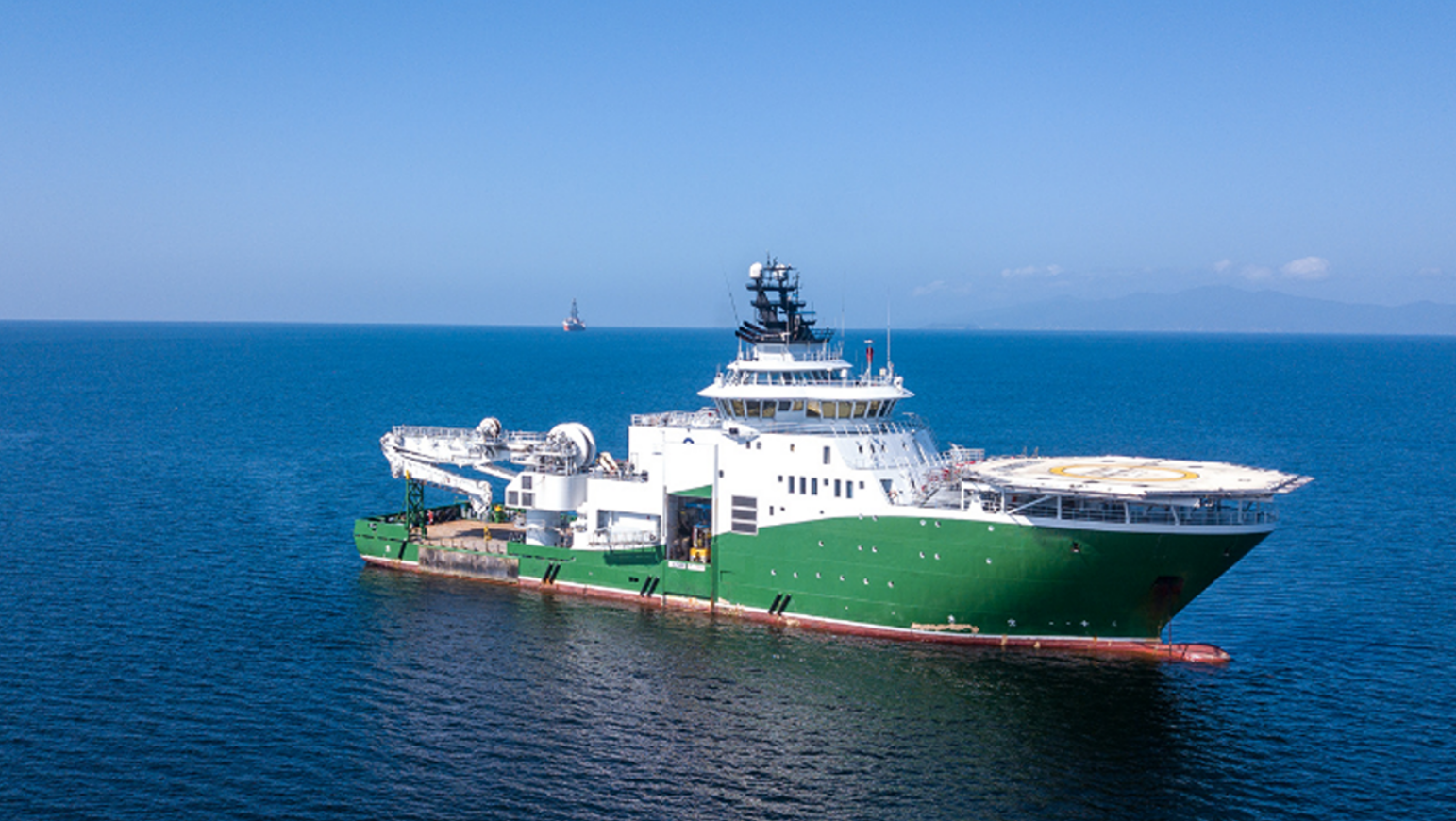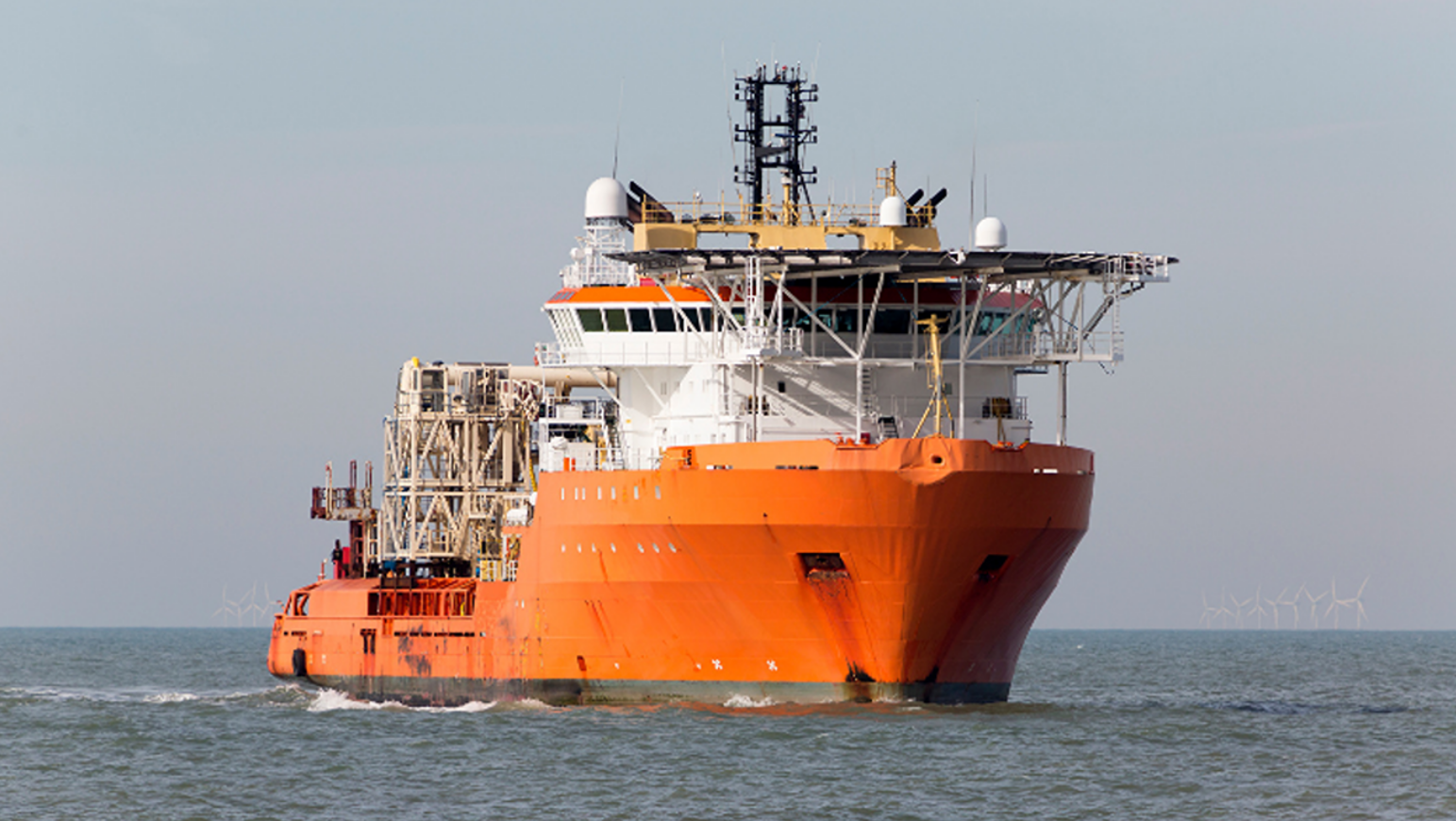JobWave explains: Different types of Offshore Vessels
A Comprehensive Guide to Offshore Vessels: Types, Careers, and More
Offshore vessels play a vital role in the maritime industry, serving various purposes, including offshore drilling, supporting oil platforms, and conducting oceanographic research. These highly specialized ships are designed to withstand the harshest marine conditions and are indispensable for multiple sectors within the marine domain. In this guide, we explore the different types and classifications of offshore vessels, highlight advanced and popular vessels, and provide insights into potential careers within this field. Whether you are currently involved in maritime activities or a recent graduate considering a career in the sector, this guide is an essential read.
Understanding Offshore Vessels:
Offshore vessels are specialized marine vessels tailored for a range of offshore activities, including oil and gas exploration, deep-sea exploration, and offshore platform support. These vessels are engineered with unique capabilities to meet the rigorous demands of offshore operations, setting them apart from conventional cargo ships and fishing boats. They are designed to endure extreme maritime conditions, such as adverse weather, high waves, and deep waters.
It's important to recognize that the term "offshore vessels" is an umbrella term covering a wide array of vessel types, each serving specific functions in offshore operations. These functions can encompass transporting crews and supplies to drilling rigs, assisting in the construction and installation of offshore equipment, or even serving as floating production platforms.
Understanding the roles and capabilities of various offshore vessel types is crucial for individuals considering a career in the maritime industry, investors in the offshore sector, or those simply seeking to broaden their knowledge of maritime operations.

Types and Categories of Offshore Vessels
Oil Exploration and Drilling Vessels
Oil Exploration and Drilling Vessels are purpose-built marine ships designed specifically for hydrocarbon exploration, drilling, and, in some cases, production. They are typically equipped with advanced technology, including drilling rigs and navigation systems, to operate efficiently in open water conditions.
Key Functions of Oil Exploration and Drilling Vessels:
- Seismic Surveying: Conducting seismic studies to locate potential oil and gas reserves beneath the ocean floor.
- Drilling: Equipped with drilling rigs, these vessels drill wells to access hydrocarbon reserves.
- Well Testing and Intervention: After drilling, these vessels often conduct well testing to determine reserve viability and perform interventions to enhance or restore productivity.
- Production Support: Although not their primary role, some of these vessels can also provide support for actual hydrocarbon production, functioning as Floating Production Storage and Offloading (FPSO) units.
Types of Oil Exploration and Drilling Vessels:
- Drillships: Highly manoeuvrable and suitable for deep waters, these vessels are equipped with drilling rigs and can relocate without towing.
- Semi-submersibles: Partially submerged vessels offering a stable drilling platform, particularly useful in rough seas.
- Jack-up Rigs: Mobile drilling platforms with legs that can be lowered to the seabed, ensuring stability during drilling operations, mainly in shallower waters.

Offshore Support Vessels (OSVs)
Offshore Support Vessels (OSVs) constitute a critical category of marine vessels designed to assist in the operations of offshore drilling rigs, oil platforms, and various maritime facilities. Unlike Oil Exploration and Drilling Vessels, OSVs do not engage in drilling or production processes but provide essential support services.
Key Functions of Offshore Support Vessels:
- Supply Duties: OSVs play a crucial role in transporting food, freshwater, fuel, and equipment to offshore platforms.
- Personnel Transportation: These vessels are responsible for ferrying workers to and from offshore locations.
- Anchor Handling: Many OSVs are equipped with specialized equipment for managing anchors for drilling rigs and production platforms.
- Emergency Response: Certain OSVs are equipped for firefighting, oil spill recovery, and rescue operations to ensure safety at sea.
Types of Offshore Support Vessels:
- Platform Supply Vessels (PSVs): Primarily used for transporting goods and supplies to and from offshore platforms.
- Anchor Handling Tug Supply (AHTS): Specialized for towing drilling rigs and anchor management.
- Multi-Purpose Support Vessels (MPSV): Versatile vessels capable of performing a range of tasks, from supply and anchor handling to sub-sea construction and installation activities.

Other types of Offshore Vessels
Offshore Production Vessels (OPVs) can be considered as floating factories designed to accomplish more than mere assistance. They represent the heart of the offshore oil and gas industry, encompassing logistic support and transportation of goods, tools, equipment, and personnel to and from their destination.
Anchor Handling Tug Supply (AHTS) vessels are mainly built to handle anchors for oil rigs, tow them to location, and use them to secure the rigs in place. They are equipped with winches for towing and anchor handling, an open stern to allow for the decking of anchors, and increased power to enhance bollard pull. AHTS vessels are also versatile workboats in the oil and gas offshore field, performing tasks like towing operations, rig moves, and general supply duties, including transporting dry and liquid cargo such as cement, mud, fresh water, and fuel oil for offshore installations. Additionally, they act as rescue vessels for other ships during emergencies.
Offshore Construction Vessels (OSV) are large and technologically advanced vessels used for deep-sea and subsea constructions. These vessels typically feature lifting, positioning, and pile-driving capabilities, as well as dynamic positioning systems, cranes, and Remotely Operated Vehicles (ROVs). These capabilities enable them to operate effectively even in the harshest weather conditions.
Survey Vessels serve the purpose of underwater surveys, collecting data for mapping or planning underwater construction or mineral extraction. Their tasks may involve hydrography, general oceanography, mapping of marine habitats, maritime archaeology, and planning marine salvage operations.
Dive Support Vessels function as floating bases for professional diving projects. They are equipped to maintain accurate station-keeping during diving operations, often in close proximity to drilling or production platforms. Dive support vessels are essential for positioning divers, supporting underwater exploration, and facilitating various modes of diving.
Pipe Lay Vessels play a crucial role in the construction of subsea infrastructure, connecting oil production platforms with onshore refineries. They have the capability to lay pipe on the ocean floor, using methods like J-lay and S-lay, with dynamic positioning systems or anchor spreads to maintain the correct position and speed while laying pipe.
Cable Lay Vessels are deep-sea vessels designed for laying underwater cables, serving various purposes such as telecommunications, electric power transmission, and military applications. These vessels are equipped with large cable sheaves for guiding cables.
Rock Dumping Vessels transport and deposit rocks of various sizes for offshore and coastal protection purposes. The dumping can be done through large cranes, side stone dumping vessels, and flexible fallpipe vessels. Side stone installation vessels (SSIV) or side stone dumping vessels (SSDV) are used for rock protection in shallow areas and underwater rock berm construction, while flexible fallpipe vessels are used in deep waters.
Wind Turbine Installation Vessels (WTIV) are specifically designed for the installation of offshore wind turbines. They are often self-elevating jackup rigs, equipped with azimuth thrusters for positioning and a slender ship-shaped hull for quick turnaround times. These vessels play a critical role in the development of offshore wind farms.

Drillships are merchant vessels designed for exploratory offshore drilling of new oil and gas wells or scientific drilling purposes. They are equipped with advanced dynamic positioning systems and are used in deepwater and ultra-deepwater applications.
Floating Production Storage and Offloading (FPSO) units are floating vessels used in the offshore oil and gas industry for the production, processing, and storage of hydrocarbons. FPSOs receive and process hydrocarbons produced by themselves or from nearby platforms, storing oil until it can be offloaded onto a tanker or transported through a pipeline.
Crane Vessels are specialized ships with cranes designed for lifting heavy loads, often used for offshore construction. They can be conventional monohulls, barges, catamarans, or semi-submersible vessels, and some are equipped with rotating cranes, fixed sheerlegs, or large gantry cranes.

Offshore Accommodation Vessels, also known as floating hotels or floatels, are used to accommodate personnel during the setup or maintenance of offshore structures or wind farms. They moor in direct proximity to the construction site, reducing transit time for workers. These vessels often have landing platforms for crew transfer, a helicopter deck for personnel exchange, and provide communication and conference rooms, storage space, and workshops for repair work.
To conclude, each type of offshore vessel serves specific purposes in the maritime industry, contributing to the success of offshore operations, from oil exploration and drilling to subsea construction and renewable energy projects. Their diverse capabilities and roles underscore the dynamic nature of the industry, highlighting a world of endless opportunities and advancements.
Interested in working on offshore Vessels? Create your JobWave profile HERE!
Share this article
